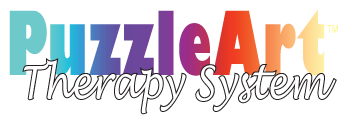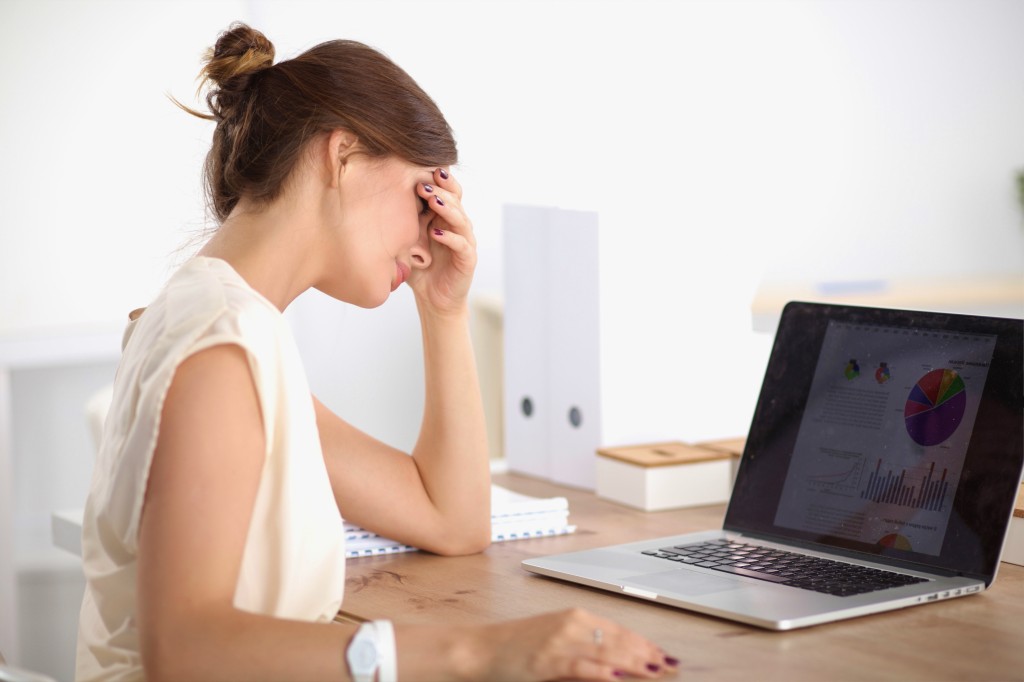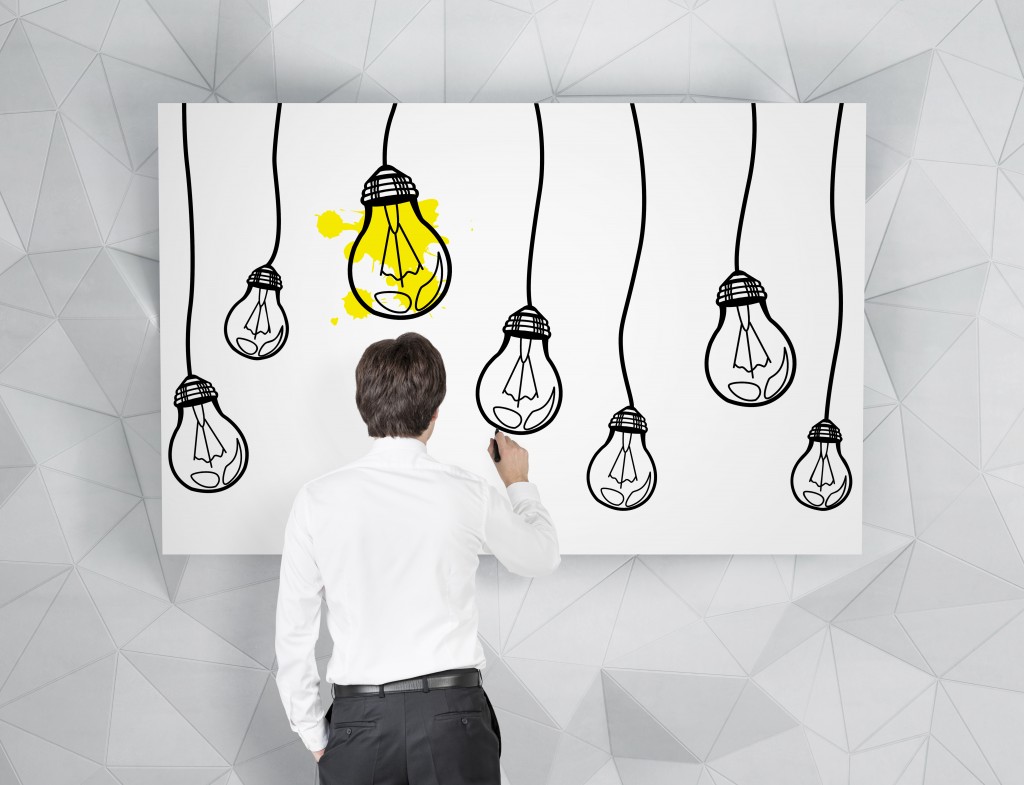Stand Up for Brain Fitness!
Are you sitting down to read this? You might want to change that, right now and throughout your day!
According to new research, sitting is the new smoking, but you're probably offered a seat far more often than you're offered a cigarette (does that even happen anymore?).
In fact, we're kind of obsessed with sitting in this country. As soon as you walk into someone's house you’re asked politely, “Would you like a seat?” You get on the subway and immediately scan for an open bench. You spend the day sitting in your office chair. On the weekend, you catch a movie in a theater that has been renovated with seats that recline, and once you get home, you plop into your comfy armchair. We're in a sitting epidemic, and it's bad for our bodies and our brains! It's time to stand up!
The amount of time a person sits during the day is associated with a higher risk of heart disease, diabetes, cancer, and death. Many combat this by hitting the gym before or after work, trying to work in their 30 minutes of cardio, but research has now shown that sessions of vigorous exercise don't actually make up for hours spent on your bum.
“Sitting for long periods of time — when you don't stand up, don't move at all — tends to cause changes physiologically within your muscles. You stop breaking up fat in your bloodstream, you start getting accumulations of fat . . . in your liver, your heart and your brain. You get sleepy. You gain weight. You basically are much less healthy than if you're moving.” – Gretchen Reynolds, author of The First 20 Minutes: Surprising Science Reveals How We Can Exercise Better, Train Smarter, Live Longer
So how does standing impact the brain? Well, while the brain comprises only about 2% of the body's weight, it uses about three times as much oxygen as muscles in the body do. In total, it utilizes about 20% of the oxygen that the body takes in. Getting more oxygen flowing to the brain helps maintain cognitive function, and increasing physical activity improves oxygen uptake. Those who stand up to work increase their physical activity and therefore better oxygenate their bodies and brains, helping themselves think better and faster. Better brain health is better eye health
Increasing physical activity doesn't mean you have to join a Zumba class before work (though it's great if you do!). Physical activity needs to be maintained throughout the day to increase oxygen flow to the body and brain, and working in a standing position does just that! It has a positive impact on work performance, creativity, and health in general.
But maybe you're thinking that standing all day just isn't feasible for you! That's ok – there are a lot of ways to increase the time on your feet throughout your day.
- Take your calls standing up, or better yet, walking
- Schedule a stand up meeting or brainstorming session
- Set your computer on your kitchen counter so that you can stand to check email/work
- Take 5 minute standing breaks every hour during your workday
- Take the stairs
- Park in the last parking spot available instead of the first
- Aim to increase your standing to 2 hrs during the work day, with an end goal of 4 hours
As Gretchen Reynolds point out, “If you can also walk around your office, you get even more benefits. You will lose weight, you lessen your chance of heart disease, and you will improve your brain. But if you can do nothing else, stand up!”
This week, do your brain a favor and set the alarm on your phone to go off once an hour. Use that reminder to stand up for brain health and longevity! For even more brain fitness, sign up for a free brain game to help you create your best day!
Alli Berman is a Brain Fitness expert and the Eye Brain Fitness Guru. She has been an artist, author, educator, creativity consultant, workshop leader, perceptual and sensory products and programs developer, and motivational speaker for the past 30+ years. Berman has served as an educational advisor to the American Academy for Anti-Aging Medicine for over 30 years, and she is the founder of The Art of Rehabilitation and Anti-Aging Art. She created the PuzzleArt Therapy System in collaboration with behavioral optometrist, Susan Fisher, OD, and through consultation with neuroscientists around the world. Berman uses the system herself on a daily basis to keep her own brain as healthy, engaged, and challenged as possible!


